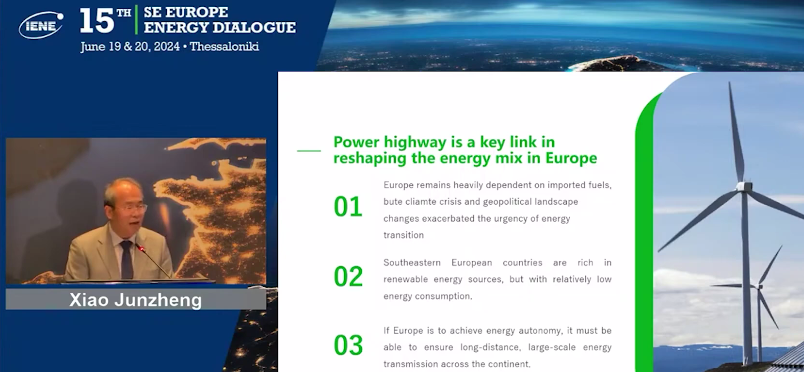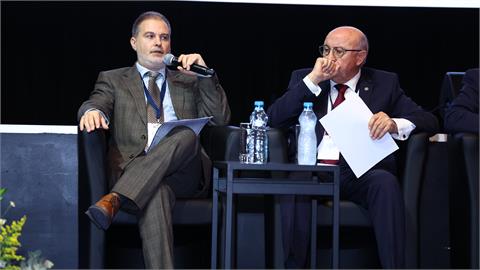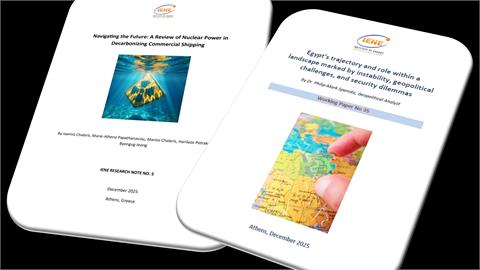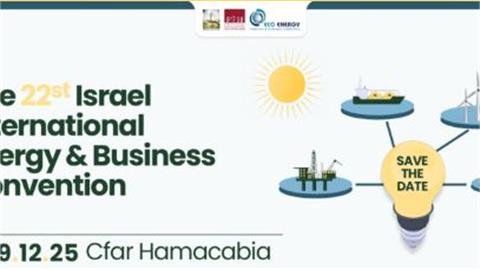One of the highlights of IENE’s15th South East Europe Energy Dialogue which took place in Thessaloniki on June 19/20 this year, was the address by H.E. Mr. Xiao Junzheng, Ambassador of the People's Republic of China to Greece
Ambassador Junzheng’s speech, delivered during the Conference’s “Ambassadors’ Forum”, under the moderation of Mr. Michael Christides, Ambassador (a.h.), emphasized that, through the cooperation between State Grid and IPTO, China can assist Greece in building electrical connections with neighboring countries in SE Europe.
Here follows the full transcript of the address by H. E. the Ambassador of the People's Republic of China to Greece at IENE’s 15th SEEED (Thessaloniki, June 19 – 20, 2024), entitled “Belt and Road Cooperation and European Power Highway Construction”:
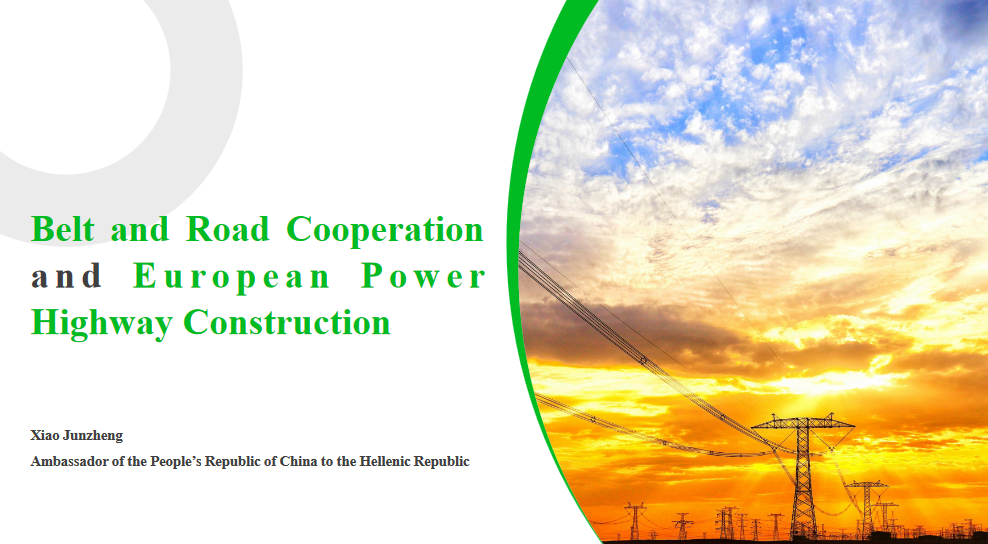
Distinguished President Mr. Stambolis, my dear colleagues from UK and Azerbaijan, ladies and gentlemen, it gives me great pleasure to participate at the 15th IENE Dialogue! So, before my presentation, I’ll just make a very short comment:
-Is China a reliable country or not?
If we cannot make an objective observation, please look back to the history. So, in the past 75 years - I mean since the founding of the People's Republic of China - China has never been the troublemaker for the China-Europe relations and, actually, when the Southern European countries suffered from the Euro debt crisis, it was China extending her supporting hands to our European partners.
China is a politically reliable partner and, at the same time, also a technically reliable partner of Europe. When we talk about renewable energy, China has promised to have the emission peak by 2030 and to achieve the emission neutrality by 2060. So, for the time being, only four countries kept their promises on the emission reduction job on schedule. China is one country on that list and China and Europe could be the partners to address the climate changes. In the past two years, I think some of the European consumers have enjoyed the Chinese-made renewable products, including the electric vehicles. So - I just want to say - we should not be too much selfish. The European countries here, you have the foundation, the technology, but the European population amounts only to, maybe, 400 millions. The majority of this world, of the International community, is the developing countries - and their population amounts to 2 or even 3 billion. So, what they can realize to address the climate changes is that the Chinese made cheaper and efficient renewable products. This is the answer.
So, I don't want to use the term or the word “Axis”, because this word reminds me of the history of the World War I and World War II - which happened in this continent - and this word also reminded me of the lost 20 years in the Middle East. Because, before I came here, I had a long working experience in the Arabic countries, so, I know what they are thinking. So, this is a very short comment.
Ladies and gentlemen, at the 3rd “Belt and Road Forum for International Cooperation”, in October 2023, Chinese President Xi Jinping announced that China will continue to deepen cooperation in green energy with partner countries of the BRI. [see Presentation by HE Mr. Xiao Junzheng – page 2]
As the world's largest energy producer and consumer, China ranks first in the world by renewable energy capacity. We have rich experience in solar and wind power, hydropower and long-distance transmission of electricity.
China stands ready to work with Greece in energy technology and contribute to the green and the low-carbon transformation of Greece. [see Presentation – page 3]
So, against such backdrop, I would like to share with you some of my observations.
Power Highway is a key link in reshaping the energy pattern in Europe. Europe remains heavily dependent on imported fuels. The delivery of crude oil and gas from the East to the West has long been the energy solution for Europe. However, in face of mounting pressures from global warming, the region is now shifting more rapidly to green energy. Pipelines are increasingly replaced by power cables and the changes in the geopolitical landscape, in recent years, have not only exacerbated the urgency of energy transition but also made Europe's energy autonomy a priority.
The LNG of the United States has been shipped to Europe, filling the energy vacuum left by Russians. This energy supply pattern is a temporary supplement to Europe's development, far from a sustainable model, because it is too expensive, dramatically weakening European products competitiveness.
South Eastern Europe countries are rich in renewable energy sources but with relatively low energy consumption, while countries in the hinderland of the continent are major energy consumers. Such facts make the transmission of power from South to the North a more acceptable solution for the future.
In Greek mythology, Hermes is the god of trade and wealth because he is quick on his feet and moves easily between places. There is also a common say in China: “Ιf you want to get rich, build roads first”. This is the basic logic of China's rapid infrastructure construction over the past decades. Efficient and reliable transport is a prerequisite for long-distance, large-scale movement of factors of production. For the same reason, if Europe is to achieve energy autonomy, it must be able to ensure long-distance, large-scale energy transmission across the continent. To this end, Power Highway is indispensable. [see Presentation – page 4]
Greece is an important hub in Europe's Power Highway Network. Located at the crossroads of Europe, Asia and Africa, this country enjoys a unique geographical position. Lying in the middle of the Mediterranean Sea, Crete is a natural hub connecting Cyprus, Turkey and Israel to the East and Africa to the South. In addition, with its abundant solar and wind energy sources, Greece has enormous potential in developing clean energy alternatives, offshore wind energy in particular. Greece's favorable location and rich renewable resources put it at a distinct advantage in the regional energy landscape.
In recent years, Greece has established its role as energy hub for South East Europe. The Egypt-Greece DC interconnection has been included in the IPTO’s 10-Year Development Plan. IPTO is also working to promote the Attica-Crete HVDC interconnection project and the preliminary work of Crete - Cyprus DC interconnection, in hope of linking Cyprus to the European electricity grid.
Working with its counterpart from Saudi Arabia, IPTO established a joint venture and is carrying out feasibility studies on Greece-Saudi Arabia interconnection project. These efforts show the country's determination in playing a significant role in the European Power Highway Network. [see Presentation – page 5]
China and Greece have broad prospects for complimentary cooperation in power resources and technologies. A series of challenges, especially bottlenecks at the technical level, are yet to be solved before the role of Greece in the energy interconnection of South East Europe can be fully realized.
Greece is far away from the hinderland of the European continent and traditional AC transmission is characterized by problems, such as high transmission losses and a limited transmission distance. So, it means that, in the development of the Greek power grid, priority should be given to the advanced DC transmission technology to achieve long-distance and efficient power transmission. With VSC-HVDC technology, the intermittent and unstable wind and solar energy can be converted into flexible, efficient and clean energy, which can then be transmitted to other European countries via HVDC and UHVDC cables.
China has power equipment companies with the most advanced electrical technology, the most complete types of equipment and the most complete industrial trains in the world. They are able to meet the needs of power projects of all kinds. [see Presentation – page 6]
Leveraging our complementarities in resources and the technologies, the two countries will have promising power transmission cooperation. [see Presentation – page 7]
The State Grid Corporation of China will help Greece in its effort to promote electricity interconnection in South East Europe. At present, SGCC has built 35 UHV transmission lines with a total length of more than 50,000 kilometers. You can find the pictures of those projects.
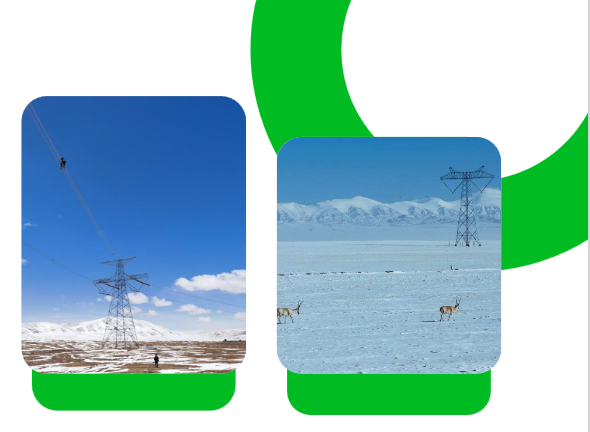
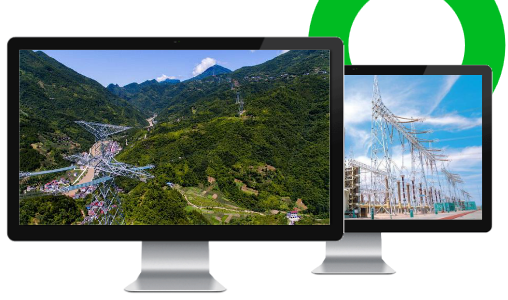
SGCC has developed strong innovation capabilities in the field of VSC-HVDC. So, under the support of the Zhangbei project, all venues for 2022 Beijing Winter Olympics were powered with renewable energy for the first time at the Olympic Games. So, we light Beijing up with the wind from Zhangbei. [see Presentation – pages 8, 9, 10, 11, 12]
In the past seven years, SGCC helped Brazil build the first UHV DC transmission project on the American continent and, five years ago, the 2,539-kilometer-long Belo Monte UHVDC transmission project was put into operation, known as the “Brazilian Power Highway”. [see Presentation – page 13, 14]
So, as a strategic investor of IPTO, SGCC remains committed to assisting IPTO in the construction and operation of Greece’s national grid.
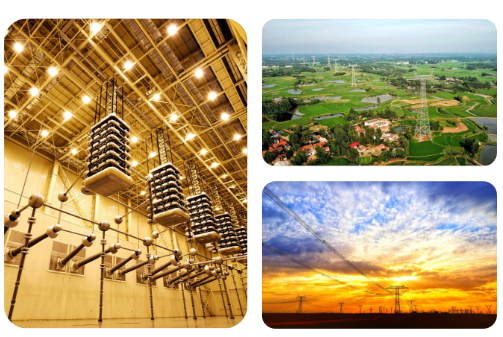
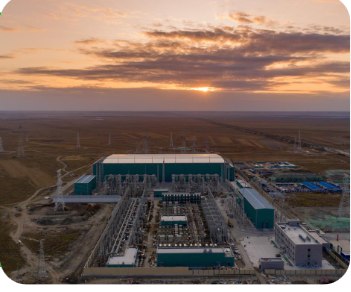
Looking ahead, SGCC will continue supporting IPTO and its efforts to promote the interconnection of Greece with neighboring countries and contribute to Greece’s goal of green energy transition and the role of an energy hub in South East Europe.
So, I look forward to the early implementation and the results of the European Power Highway and hope that Chinese and European enterprises can work together for a win-win future in this process. I also hope that advanced power technology can be utilized to the fullest extent to benefit the people's livelihoods in Greece and in Europe.
Thank you, thank you very much!
Address by HE Mr. Xiao Junzheng, Ambassador Extraordinary and Plenipotentiary of the People’s Republic of China to Greece, Athens, Greece, to IENE’s 15th South East Europe Energy Dialogue (Thessaloniki, 19/20 June,2024):
and Video (from 00:05:12 to 00:20:30):
